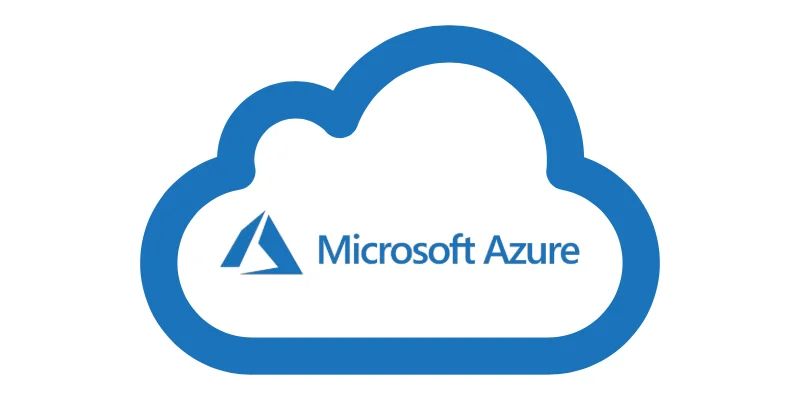
In today’s fast-paced digital world, creating high-quality software isn’t just about writing good code; it’s about improving continuously. This is where iterative feedback comes in—gathering insights at every step, analyzing them, and using them to improve things. For DevOps teams, iterative feedback is crucial to delivering reliable, user-friendly applications quickly and effectively.
AWS (Amazon Web Services) plays a big role in this process. With various tools and services, AWS helps DevOps teams collect, process, and act on feedback efficiently. If you’re interested in mastering these tools, enrolling in AWS Training in Bangalore can help you understand their potential. Let’s dive into how AWS supports iterative feedback in DevOps practices!
What Is Iterative Feedback?
Iterative feedback is a continuous loop where teams collect insights during development, testing, and deployment. It could be feedback from users, stakeholders, or system performance. The goal is to act on this feedback quickly, making improvements in small, manageable steps.
In the world of DevOps, this feedback loop is essential. It helps developers and operations teams work together to refine and improve software. By using AWS tools, this process becomes seamless and efficient.
AWS Tools That Power Feedback Loops
- AWS Cloud Watch: Your Monitoring Partner
AWS CloudWatch is a vital tool for monitoring applications and systems. It collects data on performance, logs, and metrics, offering insights that teams can act on.
Realtime Alerts: CloudWatch notifies teams about issues, like high traffic or server overloads.
Custom Dashboards: Teams can track response times and error rates.
Automated Actions: CloudWatch can automatically trigger actions, like scaling servers when traffic spikes.
- AWS Code Pipeline: Automating Your Workflow
AWS CodePipeline automates the stages of building, testing, and deploying software.
Quick Feedback: Every time a developer updates the code, CodePipeline runs tests and highlights issues.
Flexibility: It integrates with tools like GitHub and Jenkins for seamless collaboration.
Stakeholder Input: Add checkpoints to gather feedback from stakeholders during development.
- AWS Code Build: Simplifying Testing
AWS CodeBuild automates the building and testing process, making it easier to identify issues early.
Automated Testing: Run tests automatically to catch bugs before they reach users.
Custom Environments: Tailor the testing environment to match the application’s requirements.
- AWS XRay: Tracing and Debugging Made Simple
AWS XRay helps teams analyze and debug applications by tracing how requests flow through the system.
Detailed Insights: Pinpoint performance issues and bottlenecks.
User Behavior: Understand how users interact with your application and identify areas for improvement.
How AWS Enables Iterative Feedback
- Realtime Monitoring
Using AWS CloudWatch and XRay, teams can monitor application performance continuously. For example:
Detect and fix slow response times before users notice.
Investigate errors and system bottlenecks.
- Automating Builds and Deployments
AWS CodePipeline and CodeBuild enable automated testing and deployment, speeding up feedback loops. For instance:
If a test fails, developers are notified immediately, allowing for quick fixes.
Stakeholders can review changes in a staging environment before full deployment.
- Experimenting Safely
With AWS tools like Lambda, teams can test new features on a small scale, gather feedback, and then decide whether to implement them broadly.
If you’re interested in learning how to integrate these tools into your projects, consider enrolling in DevOps Training in Bangalore, where you can gain handson experience.
Why Choose AWS for DevOps Feedback?
- Faster Improvements: Teams can quickly respond to issues and improve their software.
- Better Quality: Continuous testing and monitoring ensure that bugs and errors are caught early.
- Collaboration: AWS tools make it easy for development, operations, and stakeholders to work together.
- Cost effectiveness: Acting on feedback early reduces the cost of fixing problems later.
Whether you’re a developer or an operations expert, DevOps Training in Marathahalli equips you with the knowledge to optimise these processes and maximise efficiency.
A Real-life Example
A retail app experiences slow loading times during a big sale. Using CloudWatch, the DevOps team identifies the issue—a slow database query. They use XRay to trace the request flow and find the bottleneck.
Developers optimise the query and deploy the fix using CodePipeline. Within hours, the app runs smoothly again, and users enjoy a better experience.Courses like AWS Training in Marathahalli provide a deep understanding of how AWS tools work. Together, they equip you with the skills to master iterative feedback and deliver exceptional results.
Iterative feedback is the secret to creating software that adapts to user needs and stays reliable over time. AWS, with its powerful tools like CloudWatch, CodePipeline, and XRay, makes this process easy and efficient. By acting on feedback quickly, DevOps teams can improve performance, reduce downtime, and enhance user satisfaction.
If you’re ready to take your skills to the next level, consider learning more about AWS and DevOps through professional courses.By applying the practices you can learn in Training Institute in Bangalore, teams can replicate such success stories for their own projects. For professionals aiming to specialize in these areas, handson training is crucial These skills will not only boost your career but also help you create software that stands out.
Also Check: AWS Interview Questions and Answers
